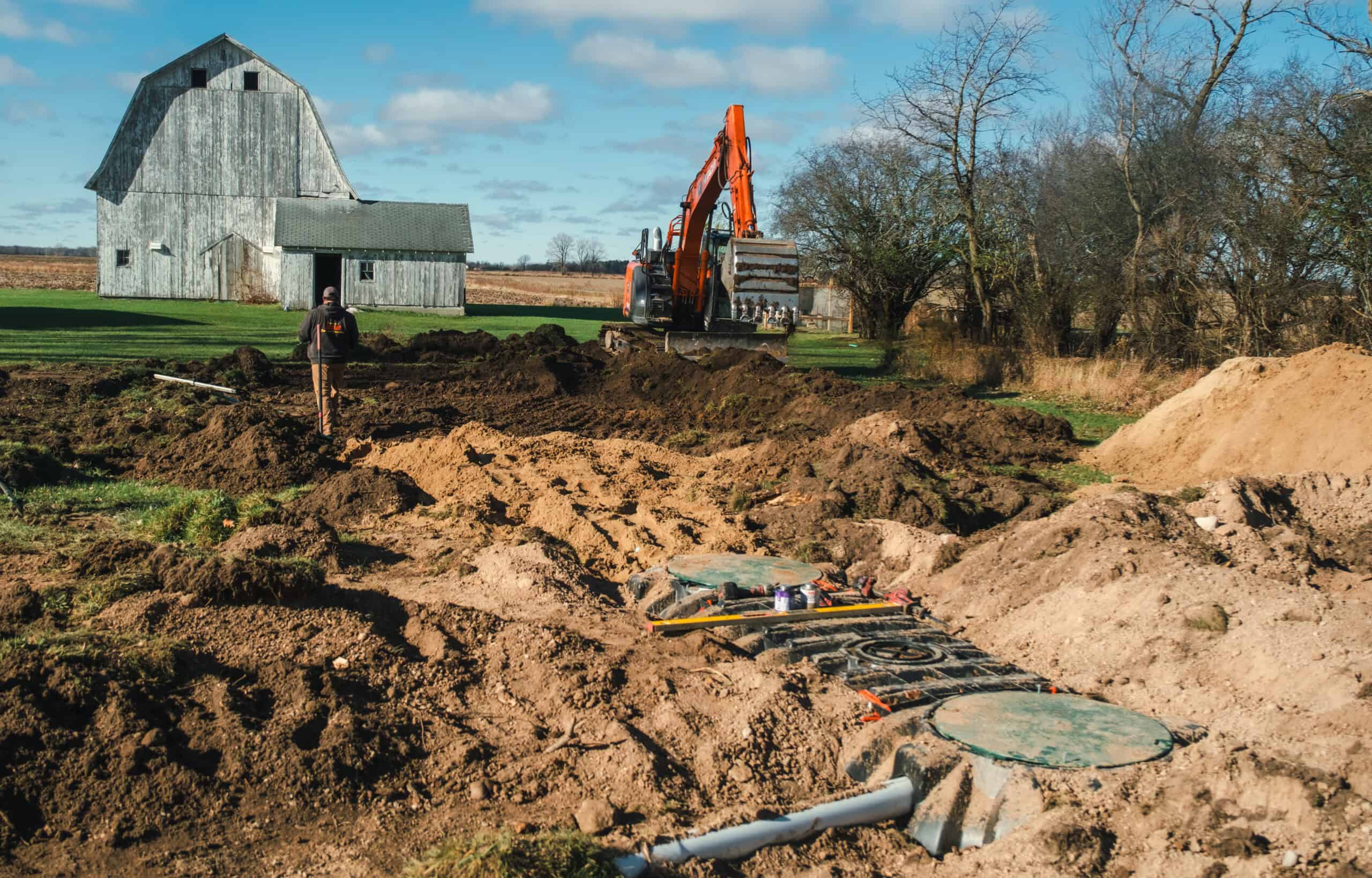
Septic systems are essential for homes not connected to municipal sewer lines, providing onsite wastewater treatment. With proper care, these systems can function effectively for decades. However, their longevity depends on various factors, including construction materials, maintenance practices, and environmental conditions.
Typical lifespan of septic systems
On average, septic systems last between 15 and 40 years. This range accounts for differences in tank materials, soil conditions, and maintenance routines. For instance, concrete tanks are known for their durability and can often exceed 30 years of service, while steel tanks are more susceptible to rust and may require replacement after 15 to 20 years.
The drainfield, which disperses treated wastewater into the soil, also has a significant role in system longevity. A well-maintained drainfield can last 20 to 30 years, but neglect or environmental factors can shorten this lifespan.
Factors influencing septic system longevity
1. Construction materials
The material of the septic tank greatly affects its durability. Concrete tanks are robust and can last several decades with proper maintenance. In contrast, steel tanks are prone to corrosion, often necessitating replacement within 15 to 20 years.
2. Soil conditions and water table
Soil acidity and the water table level can impact the system’s lifespan. Acidic soils can corrode certain tank materials, while a high water table may lead to system flooding or reduced efficiency.
3. Maintenance practices
Regular maintenance is crucial. Septic tanks should be pumped every 3 to 5 years to remove sludge and prevent system overload. Additionally, annual inspections can identify potential issues early, such as cracks or root intrusion.
4. Household usage
The volume and type of waste entering the system affect its longevity. Excessive water use; disposal of nonbiodegradable items, including flushable wipes and feminine hygiene products; and use of harsh chemicals can clog and strain the system. Households with garbage disposals may need more frequent maintenance due to increased solid waste.
5. Environmental factors
External factors like tree root intrusion, heavy rainfall, and ground movement can damage septic components. For example, tree roots can infiltrate pipes, leading to blockages or leaks.
Signs your septic system is failing
Recognizing early warning signs can prevent costly repairs:
- Slow drains or gurgling sounds. These indicate potential blockages or system overload.
- Unpleasant odors. Foul smells near drains or the drainfield suggest system issues.
- Lush grass over the drainfield. Unusually green or fast-growing grass may signal a leaking system.
- Standing water. Pooling water around the septic area can indicate a failing drainfield.
By understanding the factors that influence septic system longevity and adhering to best practices, homeowners can ensure efficient wastewater treatment to protect the environment and avoid premature system failures.
Additional septic system education resources
Learn more about your septic system, how it works, and how to properly care for it through the Michigan Department of Environment, Great Lakes, and Energy’s (EGLE’s) onsite wastewater management website. The Environmental Protection Agency’s SepticSmart program also offers several free, downloadable resources with helpful reminders about maintaining your septic system.
Get financing for septic system replacement with Michigan Saves
Need to replace your septic system? Michigan Saves is your trusted financial partner in accessing affordable, customized home solutions that enhance your living experience, reduce your energy bills, and address other essential needs, such as lead abatement and septic system replacement.
The Septic Replacement Loan Program, created in partnership with EGLE, provides low interest rate financing to Michigan homeowners to replace failing or near-failing septic systems. Homeowners can access two loan tiers by working with a Michigan Saves-authorized septic installation contractor. Get started by connecting with one of our authorized contractors.




